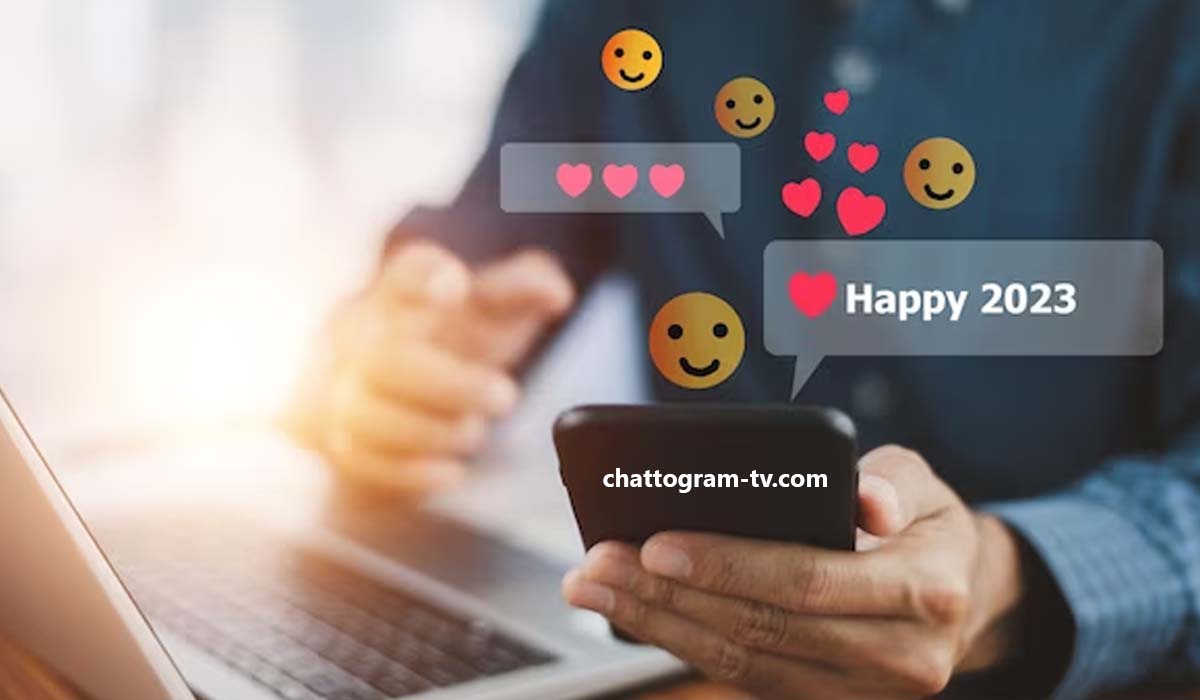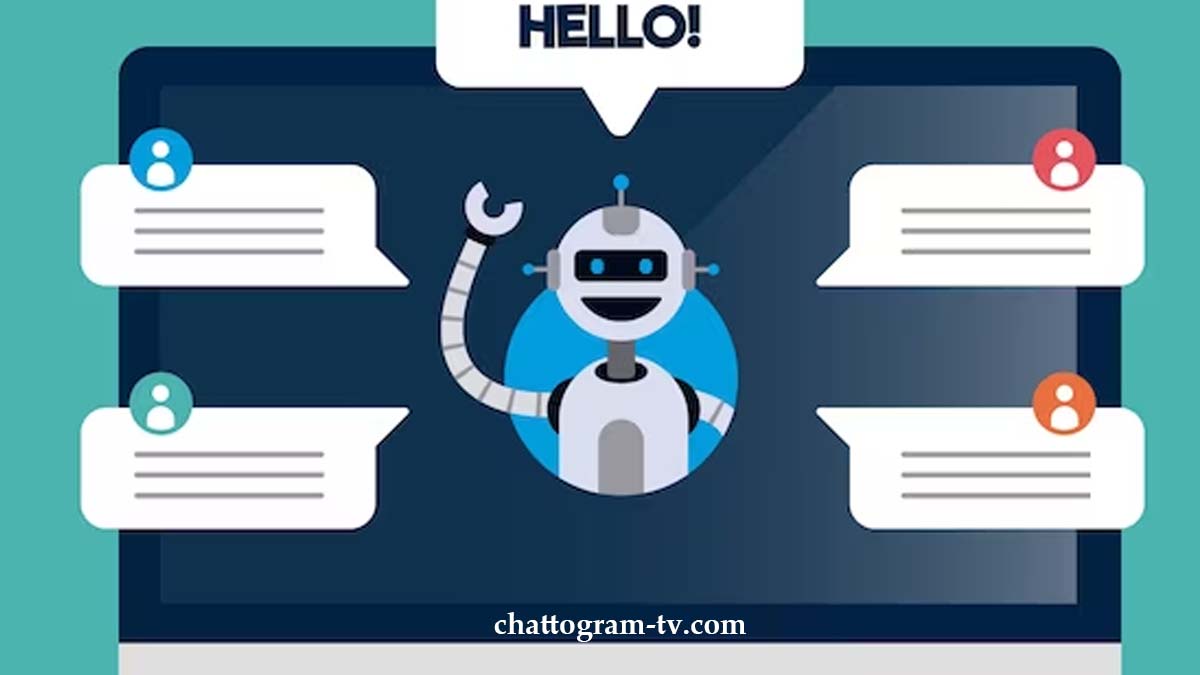14 Real-Life Chatbot Examples to Implement Now In a world where technology is advancing at breakneck speed, chatbots have emerged as one of the most exciting and practical innovations. These friendly, AI-powered companions have seamlessly integrated into our lives, offering assistance, entertainment, and efficiency in ways we couldn’t have imagined a decade ago.
14 Real-Life Chatbot Examples to Implement
Are you ready to explore the fascinating realm of chatbots? Whether you’re a business owner looking to enhance customer service or simply curious about how chatbots can improve your daily interactions, this article is your ultimate guide. We’ll walk you through 14 real-life chatbot examples that are transforming industries and making our lives easier, one conversation at a time.
So, let’s dive in and discover the incredible world of chatbots that you can implement today!
Table of Contents
| Sr# | Headings |
|---|---|
| 1. | What Are Chatbots and How Do They Work? |
| 2. | Chatbots in Customer Service |
| 3. | Virtual Personal Assistants |
| 4. | Chatbots in Healthcare |
| 5. | Chatbots for E-Commerce |
| 6. | Educational Chatbots |
| 7. | Chatbots in Travel and Tourism |
| 8. | Entertainment and Gaming Chatbots |
| 9. | Chatbots in Banking and Finance |
| 10. | HR and Recruitment Chatbots |
| 11. | Chatbots for Social Causes |
| 12. | Language Learning Chatbots |
| 13. | Chatbots for Mental Health Support |
| 14. | The Future of Chatbots |
| 15. | Conclusion |
| 16. | FAQs: Your Chatbot Queries Answered |
Now, let’s embark on this journey of discovery together.
What Are Chatbots and How Do They Work?
Before we delve into real-life examples, let’s clarify what chatbots are and how they operate. Imagine chatbots as digital agents that communicate with users via text or voice, simulating human-like conversations. They leverage natural language processing (NLP) and machine learning algorithms to understand and respond to user queries.
Key Point: Chatbots are AI-driven programs that mimic human interaction through text or voice.
Chatbots in Customer Service
24/7 Customer Support: Many companies employ chatbots to provide round-the-clock customer support. These chatbots swiftly answer inquiries, resolve issues, and offer assistance, ensuring customers are never left hanging.
Automated FAQs: Chatbots can handle frequently asked questions, freeing up human agents for more complex tasks. This streamlines customer service and enhances efficiency.
Personalized Recommendations: E-commerce giants like Amazon use chatbots to suggest products based on user preferences and browsing history, making the shopping experience more enjoyable.
Virtual Personal Assistants
Siri and Google Assistant: These virtual personal assistants are embedded in our smartphones, helping us send messages, set reminders, and answer random trivia questions. They’re like digital companions in our pockets.
Alexa: Amazon’s Alexa can control smart devices, play music, and even tell jokes. It’s like having a personal butler at your command.
Chatbots in Healthcare
Healthcare Advice: Health-related chatbots provide advice on symptoms, medications, and even offer mental health support. They can be invaluable for quick medical information.
Appointment Scheduling: Many clinics and hospitals use chatbots to help patients book appointments and check availability, reducing administrative burden.
Medication Reminders: Chatbots remind patients to take their medications on time, ensuring better adherence to treatment plans.
Chatbots for E-Commerce
Personalized Shopping: E-commerce chatbots analyze user behavior to suggest products, making online shopping feel like a personalized boutique experience.
Order Tracking: Chatbots keep customers informed about their order status and delivery times, reducing anxiety and boosting satisfaction.
Returns and Refunds: Handling return requests and refund processes becomes smoother with the assistance of chatbots.
Educational Chatbots
Language Learning: Duolingo’s chatbot helps users learn new languages by engaging in conversations and providing instant feedback.
Math Tutors: Educational chatbots can explain complex math problems step by step, making learning more accessible.
Homework Help: Students can seek assistance from chatbots when stuck on homework assignments, improving their understanding of subjects.
Chatbots in Travel and Tourism
Travel Planning: Chatbots assist travelers by recommending destinations, booking flights, hotels, and providing local information.

Real-Time Flight Updates: Airlines utilize chatbots to keep passengers informed about delays, gate changes, and more.
Entertainment and Gaming Chatbots
Chatbot Games: Interactive games like AI Dungeon use chatbots to create captivating, story-driven adventures.
Conversational Companions: Some chatbots are designed purely for entertainment, engaging users in witty and humorous conversations.
Chatbots in Banking and Finance
Account Balance: Banking chatbots can quickly provide users with their account balances and recent transactions.
Money Transfers: Chatbots simplify money transfers and bill payments, making banking more convenient.
HR and Recruitment Chatbots
Resume Screening: HR chatbots help streamline the hiring process by screening resumes and shortlisting candidates.
Interview Scheduling: They also schedule interviews, allowing recruiters to focus on assessing candidate qualifications.
Chatbots for Social Causes
Mental Health Support: Some chatbots are designed to provide emotional support and coping strategies, especially useful during challenging times.
Climate Change Awareness: Chatbots can spread awareness about climate change and suggest eco-friendly practices.
Language Learning Chatbots
Vocabulary Expansion: Language learning chatbots assist in expanding vocabulary and improving language fluency.
Cultural Insights: They offer cultural insights, helping learners understand the context behind languages.
Chatbots for Mental Health Support
Anonymous Venting: Mental health chatbots provide a safe space for individuals to express their feelings without judgment.
Daily Affirmations: They offer daily positive affirmations, promoting mental well-being.
The Future of Chatbots
As technology continues to advance, the possibilities for chatbots are limitless. From enhancing business operations to providing emotional support, chatbots are here to stay. The future promises even more advanced and personalized interactions, blurring the line between human and machine.
Key Point: The future of chatbots is bright, with endless possibilities for improving various aspects of our lives.
Conclusion
In this article, we’ve explored 14 real-life chatbot examples that showcase the versatility and utility of these AI-driven companions. From customer service to education, healthcare to entertainment, chatbots have left an indelible mark on multiple industries.
14 Real-Life Chatbot Examples to Implement
As you consider implementing chatbots in your personal or professional life, remember that they are powerful tools designed to enhance experiences and simplify tasks. Embrace this technology, and you’ll find that chatbots can be your reliable partners in this digital age.
FAQs: Your Chatbot Queries Answered
What is the primary purpose of chatbots?
Chatbots are primarily designed to simulate human conversation and provide assistance, whether it’s answering questions, offering recommendations, or handling tasks.
Do chatbots replace human customer service agents entirely?
No, chatbots are designed to complement human agents. They handle routine tasks and frequently asked questions, allowing human agents to focus on more complex issues.
Are chatbots safe for discussing personal or sensitive information?
Chatbots designed for sensitive topics, like mental health, prioritize user privacy and confidentiality. Always ensure you’re using reputable chatbot services.
How can businesses benefit from implementing chatbots?
Businesses can benefit from chatbots by improving customer service, automating tasks, boosting efficiency, and enhancing user experiences, ultimately leading to increased customer satisfaction and loyalty.
Can chatbots learn and adapt over time?
Yes, many chatbots use machine learning algorithms to improve their responses and adapt to user interactions. They become more effective with continued use.
Are there any free chatbot platforms available for personal use?
Yes, there are several free chatbot platforms like Dialogflow, Microsoft Bot Framework, and BotPress, which allow individuals to create their chatbots.
Are there chatbots specifically designed for language learning?
Absolutely! Language learning chatbots, such as Duolingo’s chatbot, help users practice and improve their language skills through conversation.
Can chatbots provide emotional support for mental health issues?
Yes, some chatbots are designed to offer emotional support, providing users with coping strategies and a non-judgmental space to express their feelings.
What does the future hold for chatbots?
The future of chatbots is incredibly promising, with advancements in AI and NLP leading to more sophisticated, personalized, and context-aware chatbot interactions.
How can I get started with implementing a chatbot for my business or personal use?
To get started, you can explore chatbot development platforms, seek the help of developers, or use pre-built chatbot solutions tailored to your specific needs. The key is to define your goals and objectives for the chatbot’s implementation.
Now that your questions answered, it’s time to explore the world of chatbots and harness their potential to make your life more efficient and enjoyable. Whether you’re seeking information, assistance, or a friendly chat, these AI companions are ready to engage with you in meaningful ways. So, go ahead and implement your own chatbot today!
